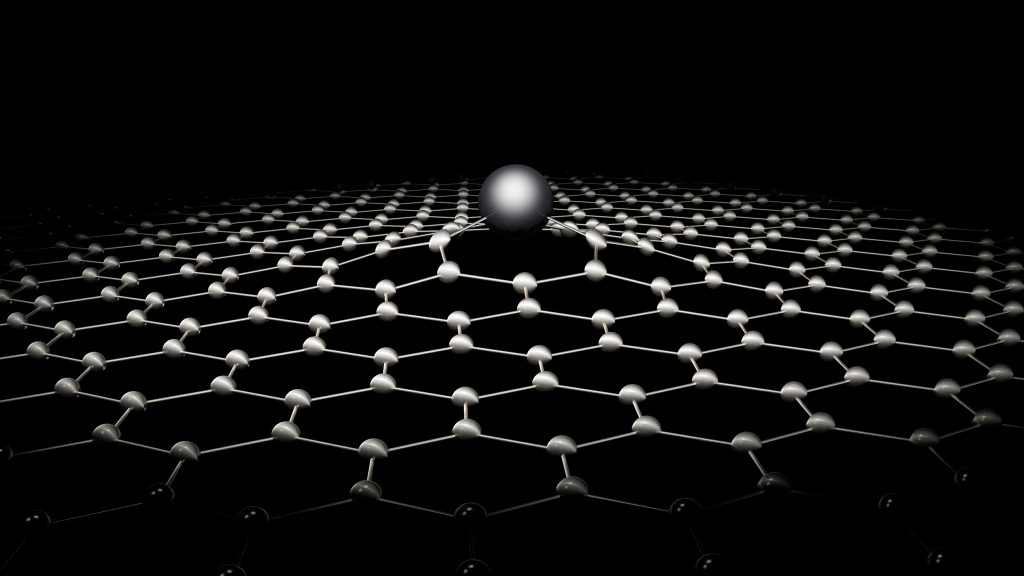
Graphene may be familiar to most people since this term can be found in many fields. For example, in the stock market, the concept of graphene often appears catching the eyes of investors, and the 2010 Nobel Prize in Physics was awarded to Andre Geim and Konstantin Novoselov of the University of Manchester for groundbreaking experiments regarding the two-dimensional material graphene. But most people don’t really know what graphene is and what is special about it. This article will introduce graphene, a new material with great potential in various fields in detail.
To speak of graphene, the first thing to explain is what graphite is. A professional term for graphite is allotrope. To be more specific, it is similar to a honeycomb. A honeycomb is composed of many small hexagonal lattices, and when carbon atoms are arranged in the form of small hexagonal lattices, it is graphite.
The honeycomb structure of graphite can be divided into layers, and graphene is an allotrope of carbon in the form of a two-dimensional, atomic-scale, honey-comb lattice in which one atom forms each vertex. Graphene is a very thin material because its thickness is only one atom. The diameter of the hair is about 0.1 mm on average, and the thickness of one million sheets of graphene can be approximately equal to the diameter of a hair.
However, thinness is not the only characteristic of graphene. First of all, because of its thinness, graphene has good light transmittance. Looking at it with the naked eye, it is almost transparent. Secondly, graphene also has good flexibility and can be stretched greatly. In addition, graphene also has good elasticity and firmness with excellent thermal conductivity and electrical conductivity.
So, what are its applications? Let us imagine such a scenario. In the future, we will be traveling by car and taking an unfamiliar road. The navigation is necessary now, so just tap the windshield with hands, and a translucent navigation map is displayed on the windshield. At the same time, a work email is coming, so we just blink, and the content of the email is displayed on the contact lenses. This is not a fantasy, but a future that graphene will lead us to. As graphene is thin and transparent, this material can be applied to car windshields and contact lenses, and these things will become future computer displays. In addition, its strong and flexible characteristics can be well used in the manufacture of space vehicles. And its good electrical conductivity will enable a qualitative leap in the speed of future computer operations.
Although the research on graphene is still in its infancy in general, it is believed that this material will bring leaps and bounds in many fields in the future. CD Bioparticles provides graphene and graphene oxide with different layers and sizes, which is noted for mechanical and thermal properties, covering various applications such as advanced composite materials, batteries, solar cells, supercapacitors, catalysts, biosensors, drug delivery, etc.
